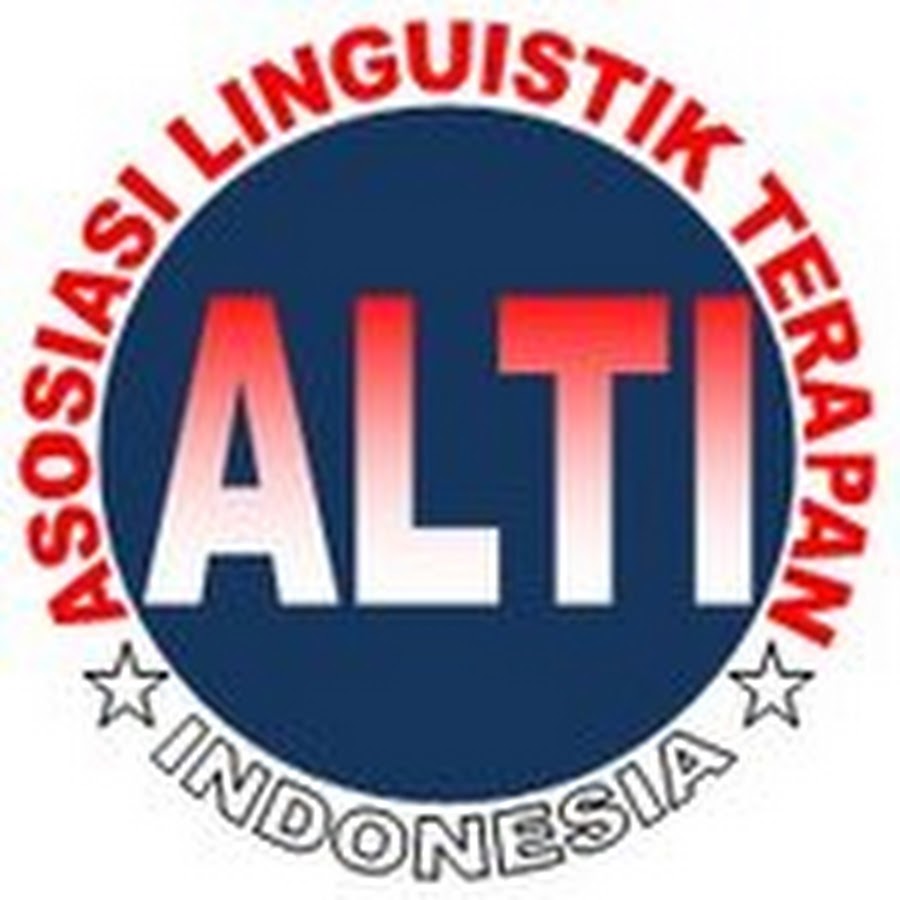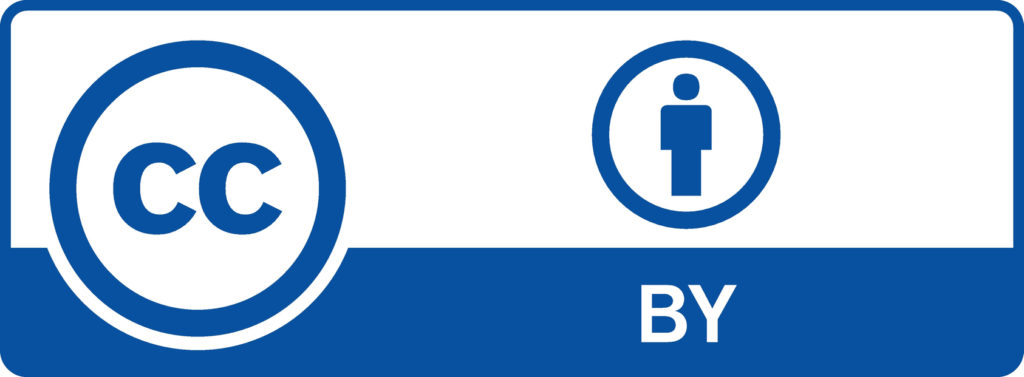The Effectiveness of Direct Instructional Strategy on Speaking Skills Of 7th Grade At SMP Tri Dharma Palembang
DOI:
https://doi.org/10.33096/tamaddun.v23i1.698Keywords:
Direct Instructional Strategy, Speaking Skill, EFL, Junior HighschoolAbstract
This study was conducted to assess the English speaking proficiency of students. The students' English speaking achievement was abysmal. The aims of this study were to determine: (1) the extent of improvement in speaking skills with and without the use of the direct instructional strategy, and (2) whether there was a notable improvement in the speaking skills of students who received the direct instructional strategy compared to those who did not. This study employed quasi-experimental research methodology. A total of 16 students were selected as a sample, with 16 students assigned to the experimental class and another 16 students assigned to the control class. The data were gathered by the administration of an oral examination. The data were analysed using both paired sample t-tests and independent sample t-tests. Through data analysis, it was determined that there was a notable surge in pupils' proficiency in oral communication. The paired sample t-test yielded a t-test statistic of -28.428 and a significance value of 0.00, which was less than the predetermined significance level of α (0.05). This demonstrates an enhancement in students' oral communication abilities. Furthermore, the results of the independent sample t-test indicate that the calculated t-test value (-13.075) and the corresponding p-value (0.00) were both below the predetermined significance level (α) of 0.05. The results indicate a substantial disparity in the average speaking abilities of pupils who received teaching through the direct instruction technique compared to those who did not get such instruction.
References
Afshar, H. S., & Asakereh, A. (2016). Speaking skills problems encountered by Iranian EFL freshmen and seniors from their own and their English instructors’ perspectives. Electronic journal of Foreign language teaching, 1 (1), 112-130. Retrieved from http://e-flt.nus.edu.
Aiken, L. R. (1985). Three Coefficients for Analyzing the Reliability and Validity of Ratings.
Educational and Psychological Measurement, 5(1), 131–142.
Alfiah, N. H. (2015). Using Blog of E-Portofolio to Improve Students Ability to Write Descriptive Text. Makassar: Universitas Muhammadiyah Makassar.
Al Hosni. (2014). Speaking difficulties encountered by young EFL learners. International Journal on Studies in English Language and Literature, 2(6),22-30.
Arends, R. (2012). Learning to Teach. New York: The McGraw-Hill companies.
Armstrong. (2013). The 10 most important teaching strategies. Retrieved from http://www.innovatemyschool.com/ideas/item/446-the-10-most-powerful- teaching- strategies.html.
Bailey. K. M. 2000. Practical English Language Teaching: Young Learners. Oxford. p.23. Brown, G., & Yule, G. (1983). Teaching the spoken language. Nucl. Phys. (Vol.13, Issue 1).
Brown, H. D. (1994). Teaching by Principles. San Fransisco: San Fransisco State University. Brown, H. D. (2003) Language Assessment; Principles and Classroom Practices, (3 red). (San Frasisco, California: Longman, 2003), p. 173-174.
Brown, H. D. (2004). Language Assessment: Principles and Classroom Practices. White Plains, NY: Pearson Education.
Buchori et al. (2017). Effectiveness of direct instruction learning strategy assistedby mobile augmented reality and Student Capstone Teses and Dissertations. 202. Hamline University.
Eppley, K., & Dudley, M. C. (2019). Does direct instruction work?: A critical assessment of direct instruction research and its theoretical perspective. Journal of Curriculum Pedagogy, 16 (1), 35-54.
Fulcher., & Glenn. 2003. Testing Second Language Speaking. p.23.
Harmer, J. 2007. The Practice of English Language Teaching (4th ed.). London: Longman Group.
John W. Creswell, Educational research : planning, conducting, and evaluating quantitative and qualitative research (2012), (Pearson Education, Inc), p. 13.
Kalan, Soner, et al. (2012). The Direct Method in Language Teaching. http://www.slideshare.net/SoNeRKaLaN/the-direct-method-in-language-teaching. Accessed on February 5th, 2014.
Kaur SP. ( 2013). Variables in Research Article. IJRRMS. Vol. 3 No. 4, Published December 2013. Samarpan Institute of Nursing Science.
Leo, S., A. (2013). Challenging Book to Practice Teaching in English. Yogyakarta: Penerbit Andi.
Linse, C., & Nunan, D. (2005). Practical English Language Teaching: Young Learners. New York: McGraw Hill.
Lucie.R.(2019). Direct Instruction:A Practical Guide to Effective Teaching.Book Widgets. https://www.bookwidgets.com/blog/2019/03/direct-instruction-a-practical-guide-to effective-teaching.Accessed 23 february.
Luthfi, A. I. S. (2013). Model Pembelajaran Langsung. Academic.edu. https://www.academia.edu/8338422/Direct_Instruction. (Accessed 14 September).
Manalu, A. A. (2017). Kelimpahan Mikroplastik di Teluk Jakarta (Doctoral dissertation,Tesis.
Sekolah Pascasarjana). Bogor: IPB.
Mardia. (2015). Using Group Leadership Technique to Improve the StudentsSpeaking Ability at The Second Frade of MAN Baraka Enrekang. Makassar: Universitas Muhammadiyah Makassar.
Mart, T.C, “The Direct-Method : A Good Star To Teach Oral Language,(international journal of academic research in business and social sciences, 2013).
Marzuki, I. (2016). Escalating ability to write papers: To make use of direct instruction. International Journal of Learning, Teaching and Educational Research, 15(2), 106- 116.
Maulidar, K., Gani, S. A., & Samad, I. A. (2019). Teacher’s Strategy in Teaching Speaking For Cadets. English Education Journal, 10(1), 80– 94.
Nadia, B. (2017). The Direct Method: A Good Start to Teach Oral Language.ejournals.org. https://www.eajournals.org/wp-content/uploads/TheDirect-Method-AGood-Start-to Teach-Oral Language. pdf. Accessed 23. Februari.
Nuratika. (2015). Elication Technique used by teacher to Improve Stuednts Speaking Ability at The Second Year Students of MAN 1 Lappariaja Bone. Makassar: Universitas Muhammadiyah Makassar.
O’Malley, J. M. and Chamot, A. U. (1990). Learning Strategies in Second Language Acquisition. Cambridge: Cambridge University Press.
Paul, E. P. & Kauchak, D. (2012). Strategi dan Model Pembelajaran. Jakarta: Indeks.
Qing-xue, L., & Jin-fang, S. (2007). An Analysis of Language Teaching Approaches and Methods Effectiveness and Weakness. US-China Education Review, 4(1), 69–71.
Saunders, M., et al. (2012). Research Methods for Business Students. (5th ed.). London, UK: Pearson Education.
Setiawan, B. (2010). Improving The Students Vocabulary Through Direct Instruction Method. Diglib.uns.
Shen, M., & Chiu, T. (2019). EFL learners’ English speaking difficulties and strategy use. Education and Linguistics Research, 5 (2), 88-102.
Shippen, M. E., Houchins, D. E., Steventon, C., Sartor, D. J. R., & Education, S. (2005). A comparison of two direct instruction reading programs for urban middle school students. 26 (3), 175-182.
Downloads
Published
Issue
Section
License
Authors who publish with Tamaddun journal agree to the following terms:
1. Authors retain the copyright and grant Tamaddun the right of first publication. The work will be licensed under a Creative Commons Attribution License (CC BY 4.0), which permits others to share the work with proper acknowledgment of the authorship and initial publication in this journal.
2. Authors may enter into additional non-exclusive agreements for the distribution of the published version of their work (e.g., posting it to an institutional repository or including it in a book), provided that the initial publication in this journal is acknowledged.
3. Authors are encouraged to post their work online (e.g., in institutional repositories or on their personal websites) before and during the submission process. This can lead to productive exchanges and increase the visibility and citation of the published work.






